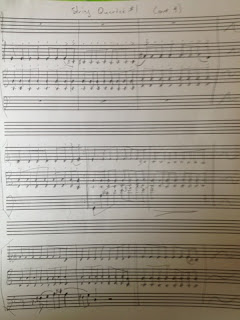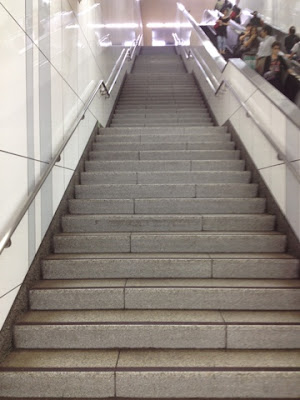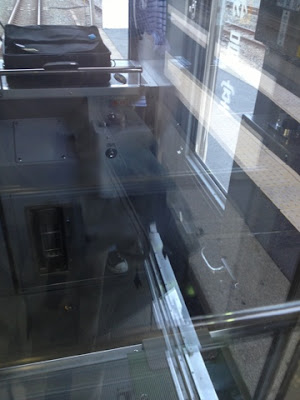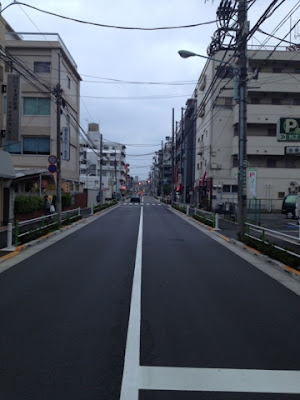Although I was at school last week, tomorrow is the first day for students and I’m very excited. I’ve changed a few of my approaches to teaching and can’t to get started. I think other teachers may be interested, so I’ll outline a few of this year’s innovations:
1 Organizing resources with Evernote. As I’ve been reporting in my ‘Inquiry with Evernote‘ posts at Inquire Within, I have a few hundred photos, articles, videos, websites, etc tagged according to theme, concepts, and disciplines. The result is a cache of resources that can be called upon in various ways and is meant to provide provocation and support for inquiry-based learning and teaching.
2 Using the class blog as a learning hub. This year, our blog will be central to learning, connecting, and collaborating. With that in mind, I’ve already prepared posts in draft form ready to be published when the time comes. For example, in our first unit, we’ll view two videos and read a magazine article. We’ll discuss them in class, but respond on the class blog. I’ve embedded the videos and link to the article in posts so that they can be reviewed before students respond by writing comments.
We’ll be inviting other classes inquiring into similar themes or topics to respond, as well, by searching their blogs for related posts on which to comment and using twitter to raise awareness.
3 Designing connected, creative learning. Tomorrow, there’s a significant chunk of time set aside for a Marshmallow Challenge. This year, I want to introduce and nurture the ‘maker’ spirit much more than before. MIT Media Lab’s Learning Creative Learning course and this summer’s Making Learning Connected MOOC inspired me to think less like a traditional teacher and more like a designer of learning experiences, or metateacher. Providing materials and time for tinkering and the tools for collaboration and reflection is a great way to get started, I think.
4 Emphasizing Independent Inquiry. My grade 6 class will undertake our school’s first PYP Exhibition. Independent inquiry is essential for the process, so I plan to help my students develop their skills during the entire year both in and out of school.
5 Using Google Apps to engage parents. During parent orientation last week, I introduced families to an experiment. I plan to document students’ development along the PYP Language Scope & Sequence by using using this google doc. I’ve made a set of four for each student (listening & speaking, viewing & presenting, reading, writing). Learning outcomes which they have already achieved are changed to white background color. As they practice the phase 4 and 5 outcomes, I’ll be adding dates and linking to artifacts, whether they are online, scanned images, etc. Each time an outcome is practiced, it’s color becomes lighter. When it’s white, it’s considered mastered.
The beautiful part is that I’ve shared each student’s documents with their parents so that they can see, comment on, and participate in tracking their child’s learning. They seem very excited about it and I can’t wait to see how it works.
Thanks for reading! What are your innovations this year?
,_5._April_2012,_D%C3%BCsseldorf.jpg)










